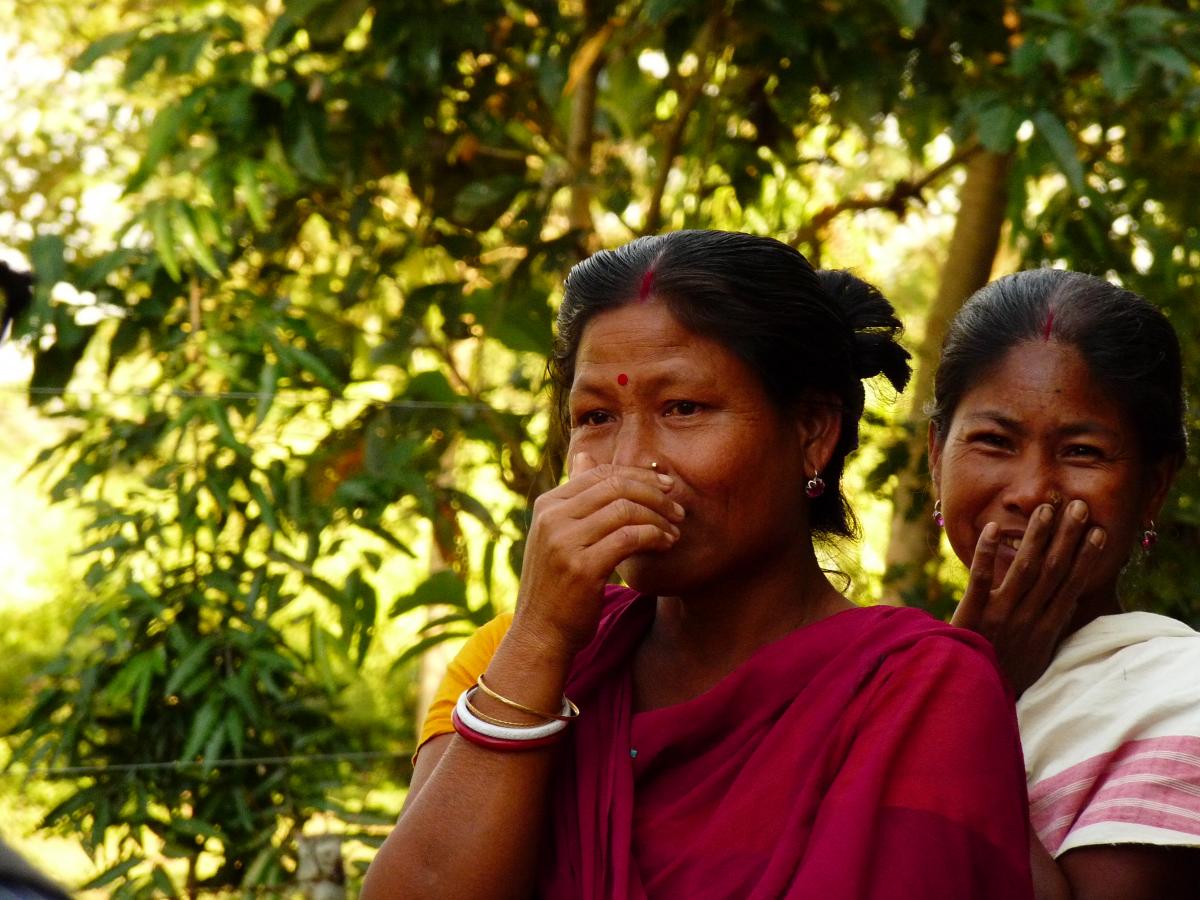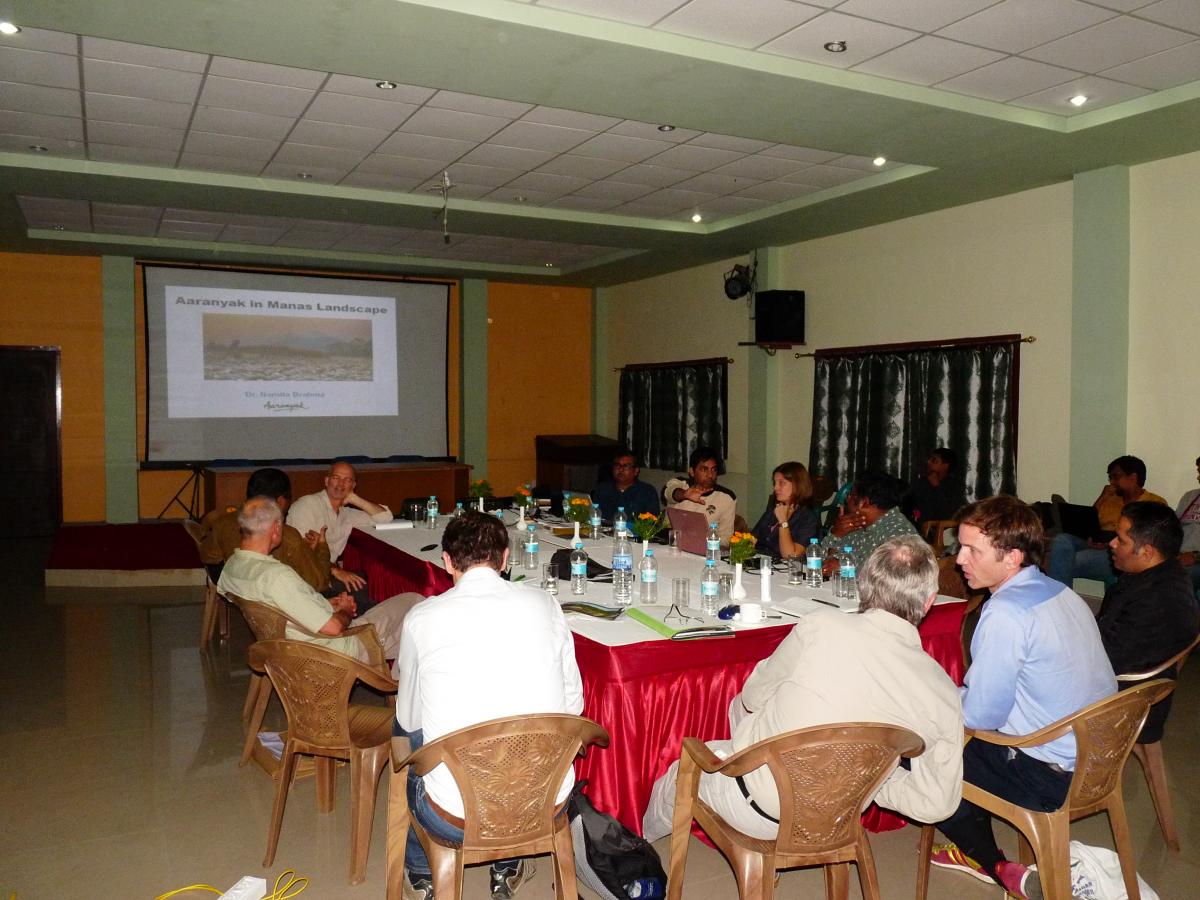Mission possible – the structure and importance of monitoring missions
It has been approximately 3 years since I took up my post as Coordinator of the Integrated Tiger Habitat Conservation Programme (ITHCP). We currently have 11 projects underway across five Tiger Range Countries. They range from low point € 0.5 million to € 2 million and involve a large number of project partners and consortia, operating over large landscape scales. As a result a range of stakeholders are involved and impacted by our projects including local and national authorities, communities and forest users as well as a suite of landowners. All of our projects have a number of intricate activities planned and under implementation. These projects are large, complicated and require careful monitoring.
One of the most important lessons I have learned in my role is the importance of monitoring missions. The phrase monitoring mission sounds like something from a James Bond movie, they are actually of great importance. It provides an opportunity for myself and colleagues to visit projects and actually validate the information we have from technical and financial reports from those who are recipients of ITHCP grants. Apart from the obvious excitement going to see remote parts of Asia rich in wildlife and intact habitats, these missions form an important function.
WHAT DO WE LOOK FOR?
Getting to know project leads and partners: Firstly, a monitoring mission allows us to meet and get to know those on the ground actually carrying out projects. Detailed discussions both within and outside of the confines of formal meetings enables us to understand each other. It enables us to understand how project leads and partners think, and at the same time it enables them to understand the needs we have in delivering the ITHCP at the programme level. This is not something that always comes out in periodic technical reports or even over the phone.
The understanding of partnerships: All projects are composed of complex partnerships made up of small and larger NGOs together with government departments. Meeting consortia enables us to understand the roles played by different partners within a project. It also helps us to ensure that projects are in line with national needs, strategies and action plans that governments have committed to.
Local communities: Working with local communities living in and around tiger conservation landscapes is a key focus of the programme. Meeting with local communities and community leaders is therefore a key component for monitoring missions. Detailed discussions yield new information that we would otherwise not understand or be aware of. We need to ensure the local communities have a say in how their natural resources are managed.
Project activities: Our projects have a component of infrastructure development. This could be in the form of the construction of a guard post or setting up predator proof fences. On our missions we check that these are built according to guidelines and expenditures provided in reports.
HOW ARE MONITORING MISSIONS CARRIED OUT?
Projects are visited as soon after inception as possible in order to negotiate and recommend any changes and adaptations to ensure that these can be implemented with sufficient delivery time remaining. Where possible we visit clusters of projects together in order to maximize our travel time and gain a better understanding of the greater landscape at large.
A detailed itinerary is drawn up ensuring that we meet relevant government authorities, project leads and representatives of different partners in the project. We also request that we meet communities and community leaders impacted by our projects. Finally we also visit any sites that project activities such as construction is being undertaken or where patrols are carried out.
From technical reports and recommendations from any earlier visits, a list of issues and potential problems requiring clarification is drawn up and circulated before the visit.
During the visit we check on or meet with:
- Government officials or authorities involved in project; do we have buy-in?
- Project leads and consortium partners; is everyone happy and doing what they are supposed to?
- Local communities; are they benefiting equitably or negatively impacted by the project?
- Activities; are they on track?
- Purchases; from financial and technical reports we circulate a list of expenditures we then check on.
At the end of the mission we have a concluding meeting with project leads and partners to discuss a preliminary list of recommendations and fine-tuning of project activities. Soon after my return we then produce a report which provides this information in detail which you then circulated to project leads and to KfW, the German Development Bank.
After initial monitoring missions, there is a series of more frequent informal visits by IUCN staff to ensure that specific recommendations and activities reported on are on track.
Above all, we greatly enjoy our missions. They are intense but we get a chance to meet dedicated, passionate and very interesting people working on the projects and living in the area. We also get to see some fabulous wildlife.
In conclusion, we should note that no project ever runs perfectly. However, through monitoring and ground-truthing, together with regular discussion and communication we can ensure that they achieve outcomes that are so crucial to local and global conservation efforts.
Written by Dr Sugoto Roy, IUCN Tiger Programme Coordinator








